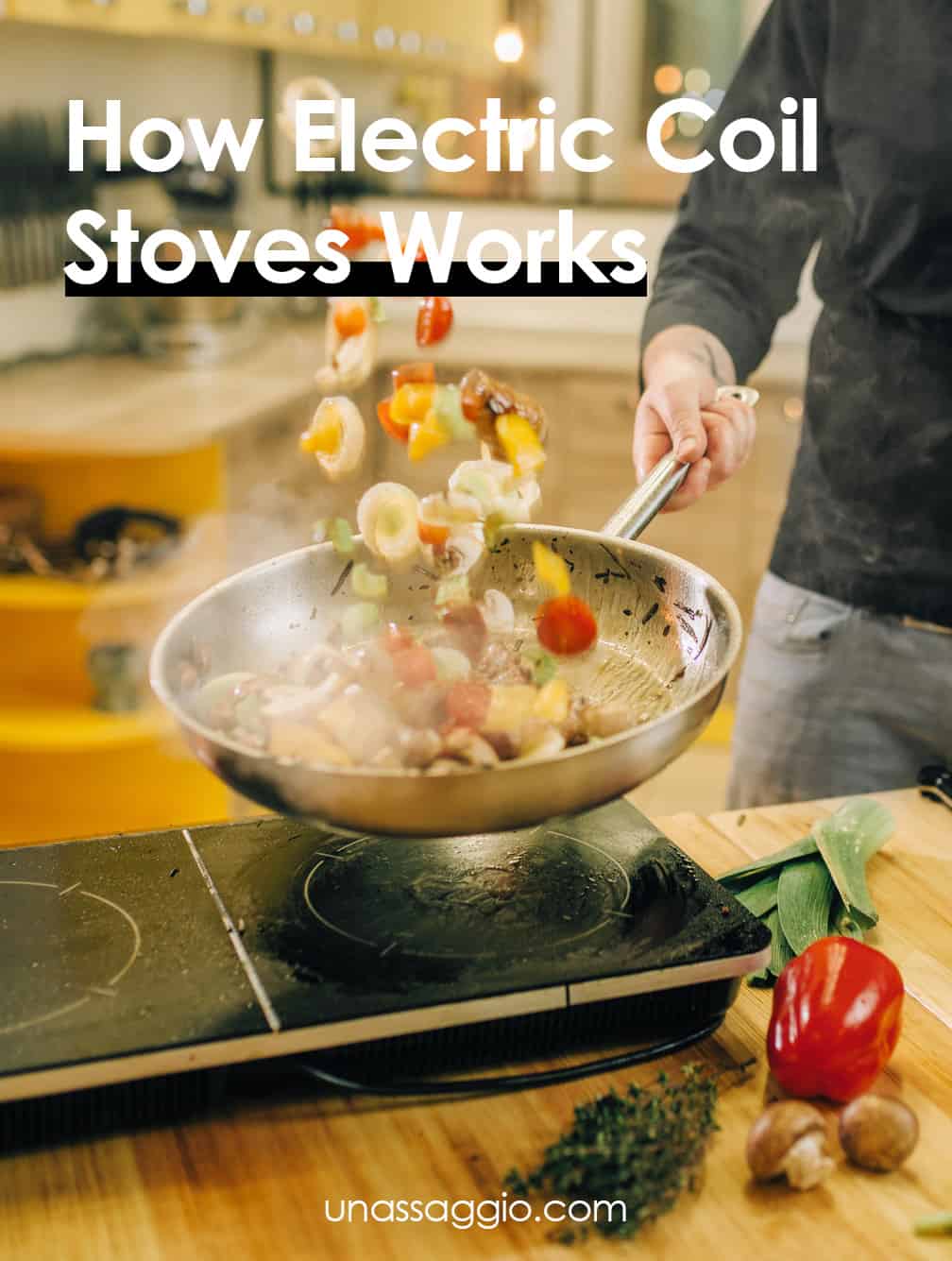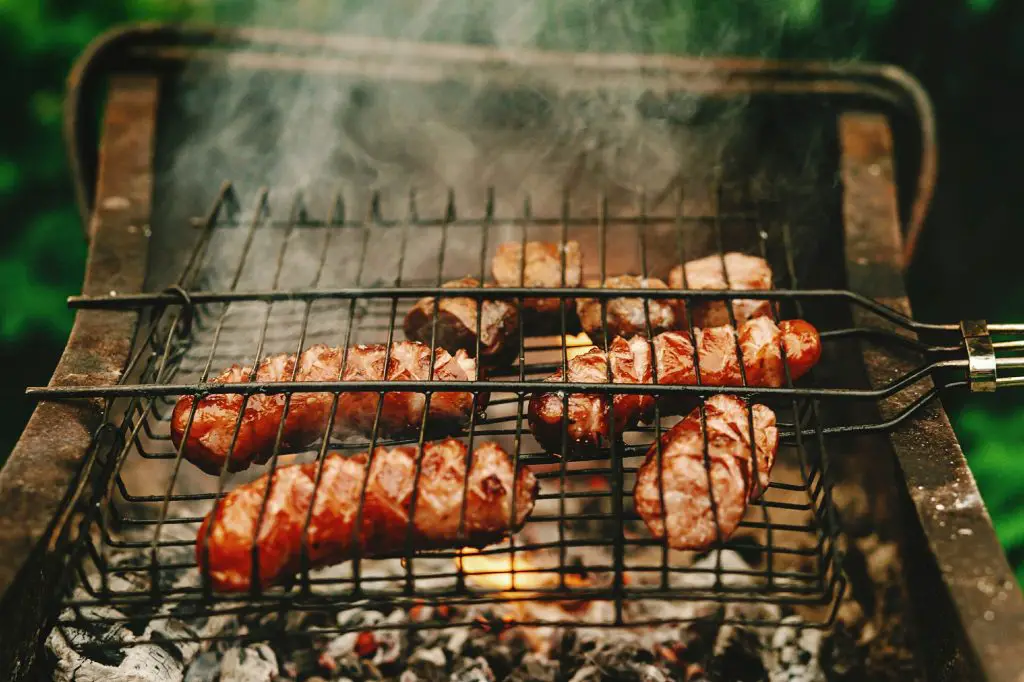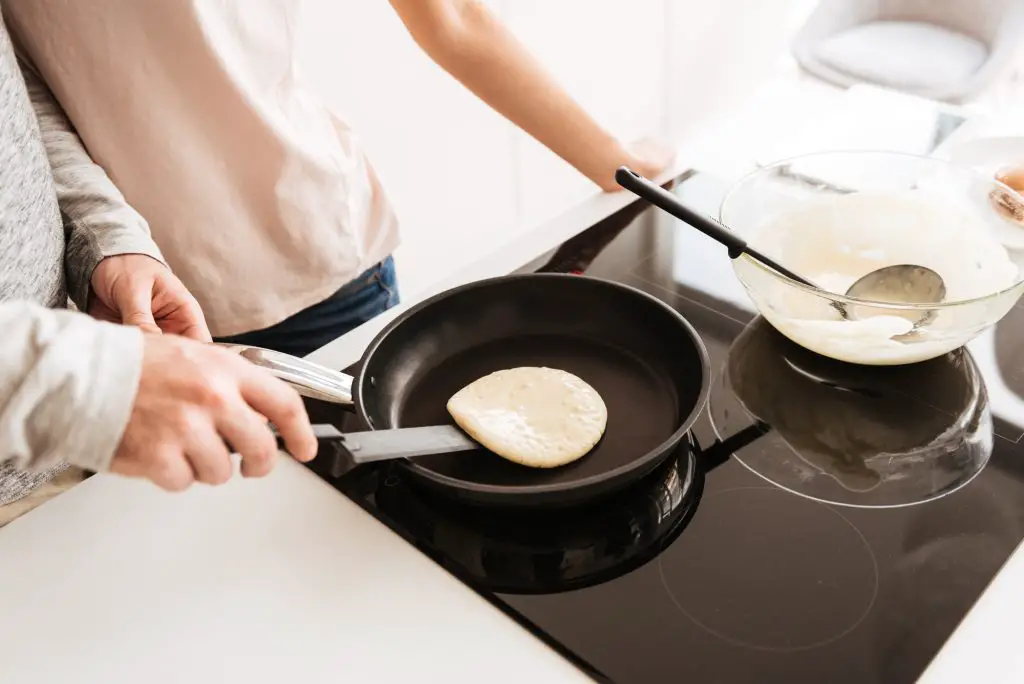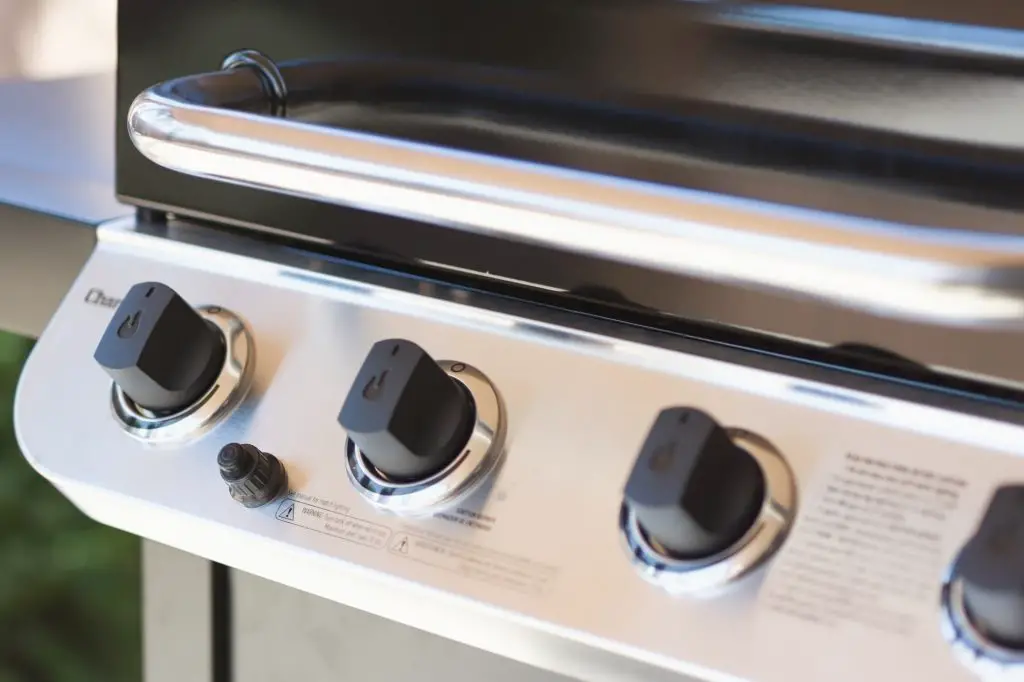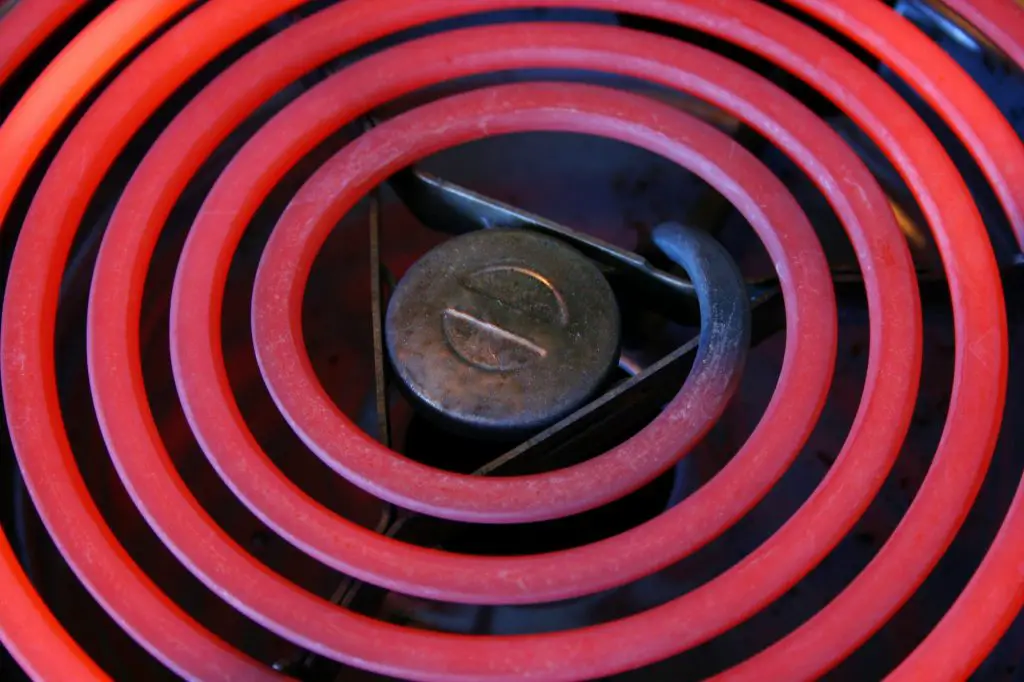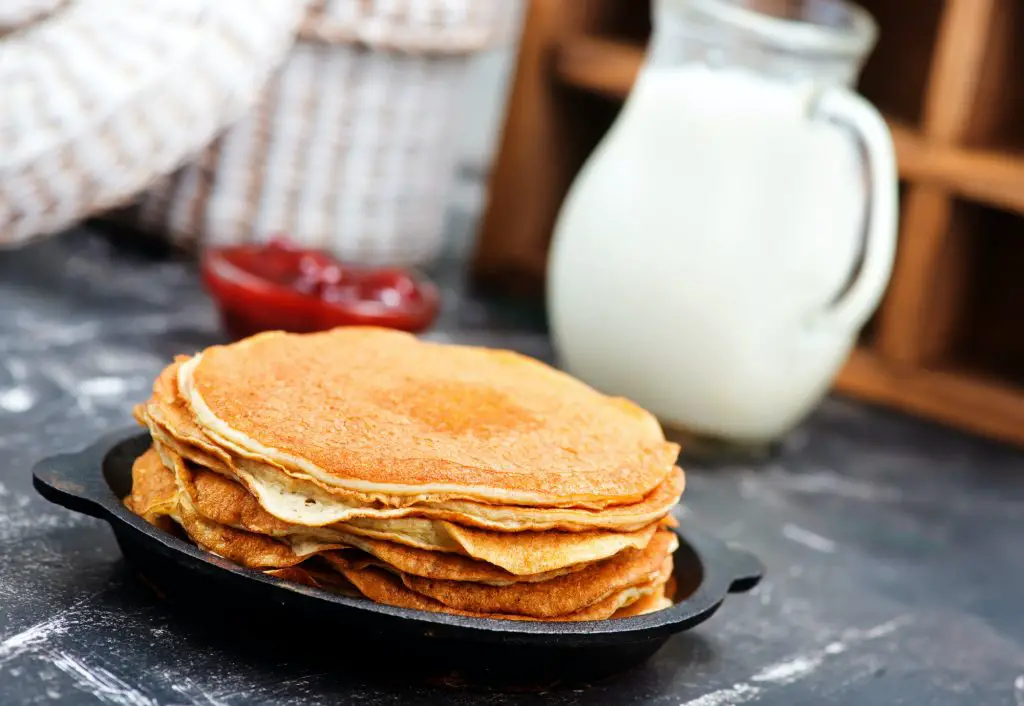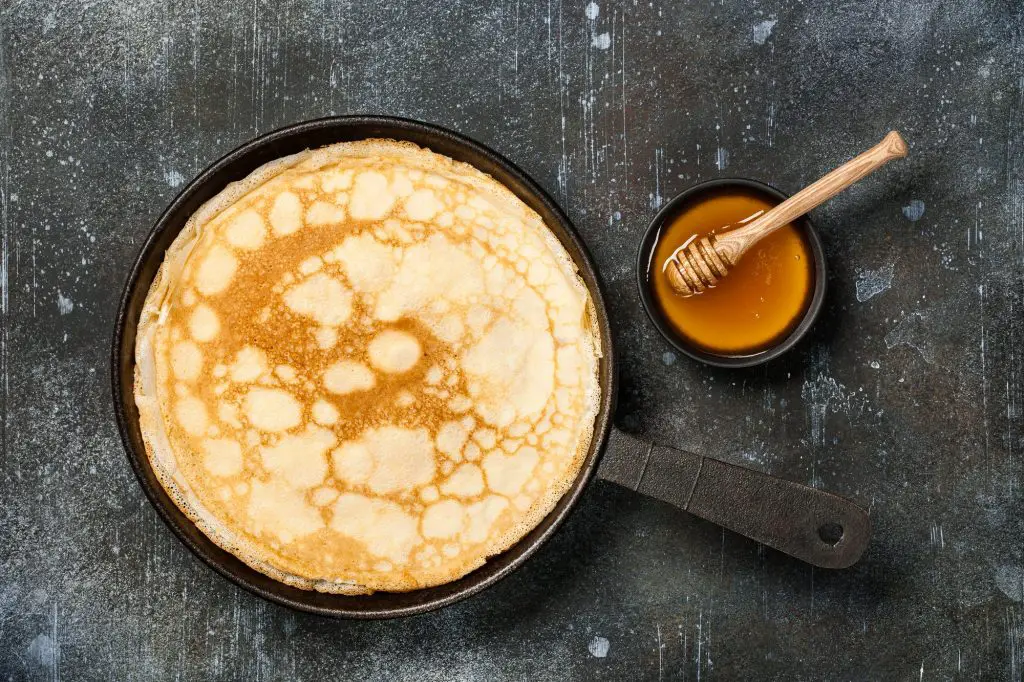An electric stove is also called an electric range and it is a stove with an integrated electrical heating device that can be used to cook or bake. Electric stove serves as a replacement for substantial fuel such as wood or coal, which requires more energy or labor to use to cook and maintain. It has recently become popular as a replacement for solid fuel stoves which requires more labor to maintain and operate, today many households use electric cooktops but few really understand how it works, knowing the science behind an electric coil stove helps get the most out of their electric range.
Cleanup is much easier than you think with this electrical appliance but first, you need to understand how it works.
An electric stovetop is very easy to use and it’s quite portable as well and in most electric stoves, the coil can be lifted or removed which makes cleaning very easy and with insight on the temperature control, it can help you boil water for pasta or simmer your sauce easily with no stress.
A strong understanding of an electric coil stove is important for better control of the heat and for efficiently preparing a delicious meal thus read on for more understanding of how electric coil stove work to enable you to use it more efficiently.
Table of Contents
How Electric Coil Stoves Works
It can be regulated by a rotating switch(which is best known as a knob) with numbers written on it, each of the numbers implies the amount of heat you would like to use for your cooking. Some electric stove comes with a simmerstat or a thermostat.
An electric stove is an electrical device that is transformed to heat energy. Once you press the control knob, the electricity runs through it to produce heat energy. The knob controls the amount of electricity that will run through the coil which makes the burner get hot. There’s a heating element inside the oven which makes the electric stove hot and the thermostat which controls the amount of electricity needed to bake and broil.
A standard electric stove has two large burners and two small burners connected to the main part of the stove. The oven contains the bottom heating system for baking and a thermostat can be used to control it which can be analog or digital. Also, the broiling is the upper best of an electric stove that does not have a definite thermostat control so when you turn it on, the heat energy moves at a high speed.
All stovetops look the same but they operate on similar principles. An electric stove has two types of hidden elements, we have the conventional coil and radiant coil. Each is controlled by a switch and operates by using 240VAC with 2 legs of voltage each carrying 120 volts.
When the selected knob is turned to your preferred heat server, the first leg of voltage travels to one side of the hidden element and the second leg of voltage travels to the opposite side when the voltage reaches the hidden elements, the socket is closed and the element begins to heat up. The switch regulates the hidden element when the element reaches the designated temperature, the switch shuts off the voltage.
This repeats throughout the cooking process. To maintains a proper temperature, keep in mind that the radiant coil has a built-in element that monitors the stovetop temperature.
What are the coils on a stove called?
Coils are often called rings or burners as they are constructed of spiral steel tubing which houses a heating element that is powered by main electricity and anything placed on these coils is heated in the same way.
Can you soak the electric coil stove?
No, you shouldn’t submerge the coils or any electric portion in water, water can ruin the electrical connections hence this should be avoided however if you need to wash your electric coil stove, remove the stove burners and take out the electric stove drip pans to be placed in the dishwasher and if the burners have baked-on stain, you can have them soaked for 10-15 minutes. It is important that you keep the inside of your stove and any other electrical elements completely dry.
Can I clean electric heating coils with baking soda and vinegar?
Yes, baking soda and vinegar are very combinations for cleaning your stove coils, it is a very effective strategy and all you have to do is make a paste using three parts baking soda and one part water then apply this paste over your electric heating coils for about 15 minutes and once the 15 minutes is up, spray the heating coils with vinegar. You can also have it scrubbed with baking soda to get rid of tough stains, this simple household ingredient is a great technique for cleaning burnt food off heating coils.
